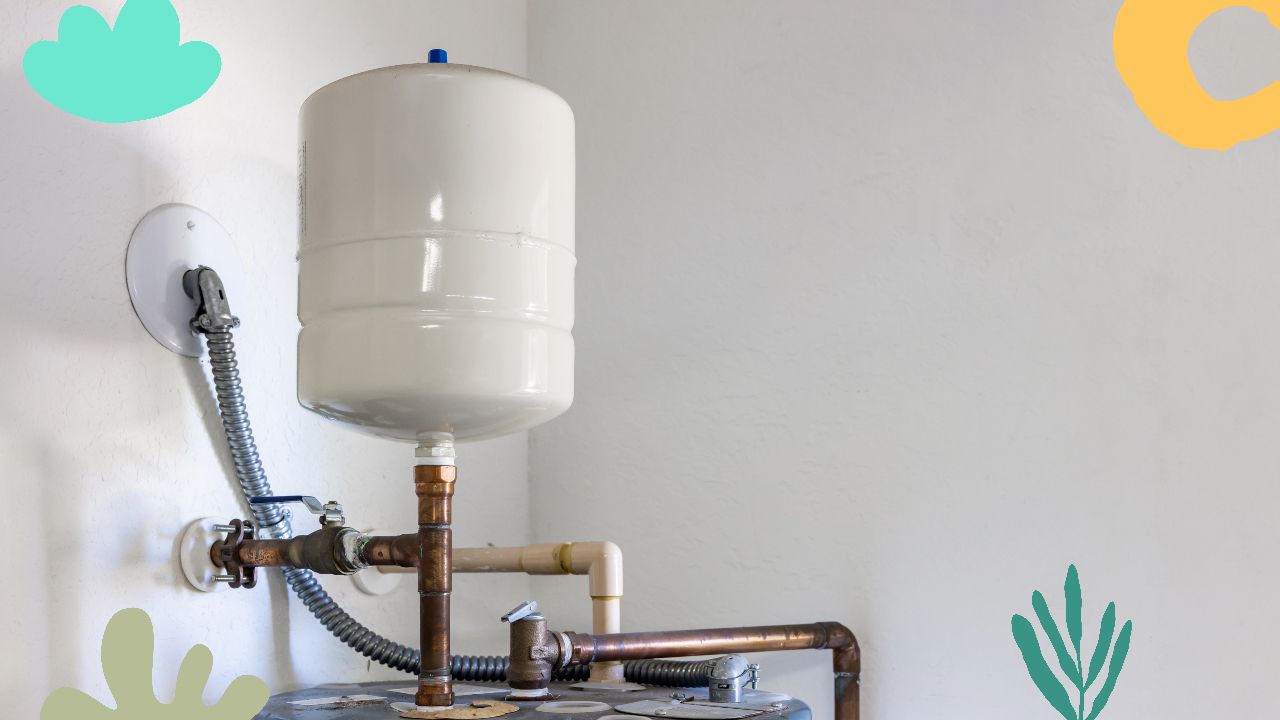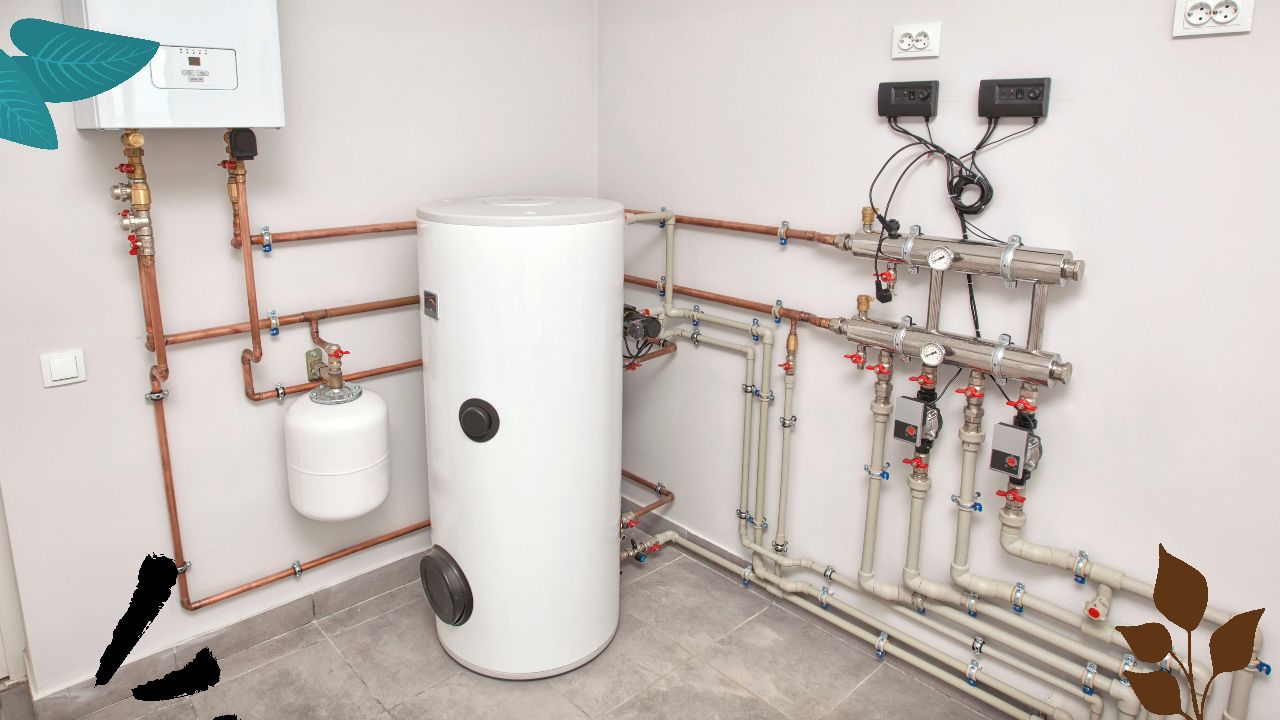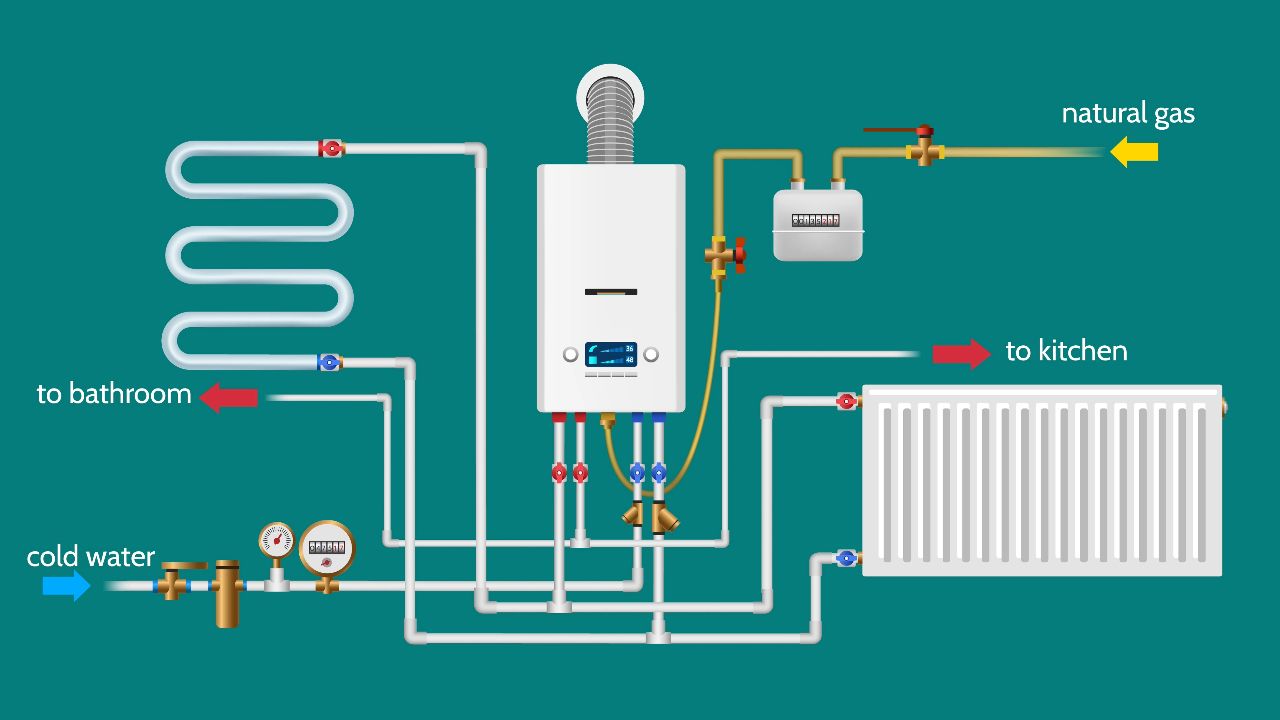
Ever turned on a faucet and noticed an odd surge or dip in the water pressure? Or perhaps you've heard mysterious noises from your plumbing system after using hot water. These are subtle indicators of an underlying issue that many homeowners overlook: the critical role of a water heater expansion tank.
At the heart of many modern homes, ensuring consistent water pressure is paramount. Not only for the sake of convenience, but also to prevent potential pressure damage to the intricate parts of our plumbing system. But why the emphasis on an expansion tank specifically?
Common myths might have led you to believe that these tanks are optional or only necessary for larger households. However, in reality, every home—regardless of its size—can benefit from the balance they offer. Especially in a closed plumbing system, where thermal expansion can stress the pipelines, leading to excess water volume. By integrating a water heater expansion tank, one ensures a controlled, harmonious flow. In the sections ahead, we'll demystify the intricacies behind this essential component and debunk a few more misconceptions along the way.
Join our newsletter
Stay on top of the latest in landscaping and lawn care with one valuable tip right in your inbox every Saturday morning.
Unraveling the Mystery of Thermal Expansion
You turn on the tap, expecting a steady stream of water, but instead, you're greeted with a sudden surge. This unexpected occurrence, although seemingly trivial, is a telltale sign of something much larger happening within your plumbing: thermal expansion.
So, what exactly is thermal expansion? In the simplest terms, thermal expansion is the phenomenon where water increases in volume as it heats up. Think of it as the water's natural response to heat, much like how metals expand under the sun. But unlike metals, the expansion of water in a closed plumbing system can create a series of challenges.
The impact on the plumbing system is multifaceted. As water heats and expands, it exerts more pressure on the confines of the plumbing pipes and fixtures. Without a proper outlet or buffer, this pressure can lead to leaks, damage, and, in worst-case scenarios, even bursts.
Enter the hero of our story: the water heater expansion tank. This device acts as a buffer, absorbing and managing the excess water volume caused by thermal expansion. It's like giving your plumbing system a safety net, ensuring that the increased pressure has a place to go, thus protecting the integrity of your entire plumbing setup.
In essence, understanding and managing thermal expansion isn't just about maintaining water flow—it's about safeguarding your home's foundational systems.

The Closed Plumbing System Explained
Imagine a sealed circuit, where everything that enters has no direct way out, constantly recycling within its confines. This is, in essence, the blueprint of a closed plumbing system—a design that's become the hallmark of modern homes.
Characterizing a closed plumbing system are a few defining traits:
- Sealed Integrity: Unlike open systems where water can freely exit, closed systems are fully sealed, ensuring water remains within its designated circuit.
- Controlled Flow: Devices like the One-Way Valve, Backflow Valve, and Check Valve ensure water flows in the intended direction without any unintended reverse flow.
Now, as advantageous as this system is for ensuring a constant supply of water, it comes with its own set of challenges—chief among them is the fluctuating water pressure. As water heats up and experiences thermal expansion, its volume increases. But since the water has nowhere to go in a sealed system, it exerts greater pressure on the plumbing walls.
The consequences? Potential leaks, damage, and the compromised performance of components. Recognizing these dynamics and the crucial role of valves and components helps homeowners stay ahead of maintenance needs and protect their plumbing integrity.

Decoding Water Pressure in Homes
Have you ever turned on a tap only to be taken aback by the force of water gushing out? While it might seem like a mere inconvenience, excessive water pressure can be more dangerous than most homeowners realize. As water moves through our plumbing system, it's essential that it maintains an appropriate level of pressure to avoid causing undue strain.
The pitfalls of heightened water pressure don't stop at startling showers. Pressure Damage can lurk behind walls and beneath floors, resulting in leaks, eroded fixtures, and in severe cases, the bursting of pipes. These disruptions don't just lead to expensive repairs; they can significantly compromise the safety and comfort of our homes.
Enter the role of the Water Heater Expansion Tank. These tanks, often overlooked but invaluable, act as a cushion, absorbing the excess water volume and alleviating the tension caused by thermal expansion. By maintaining equilibrium within our plumbing system, expansion tanks ensure that pressure remains at optimal levels, protecting against potential damages.
Join our newsletter
Stay ahead of the curve in all things outdoor.
Get the inside scoop on the latest landscaping, lawn care, and fencing trends with 1 actionable tip every Saturday morning.
Further, understanding the mechanics of components like Expansion Tanks is more than plumbing knowledge; it's about safeguarding your home. By gaining insights into Pressure Damage and its consequences, homeowners are better equipped to recognize early signs of issues, ensuring timely interventions and prolonged system life.
Dive into the Technical: Key Components
Every home is a complex ecosystem of systems and structures working in unison. Within this vast network, certain components ensure the smooth operation of our plumbing systems. Let's pull back the curtain and delve deeper into these technical titans.
Relief valves sit at the heart of this intricate setup. More than just components, they're the guardians of our plumbing sanctum, ensuring that water pressure doesn't reach dangerous levels. By releasing excess pressure, relief valves protect the system from potential pressure damage. Imagine a pressure cooker without a whistle; the relief valve plays a similar, crucial role in our homes.
Moving on, the Pressure-Reducing Valve (PRV) is another hero in this tale. Its primary mission? To regulate the incoming water supply pressure. In essence, the PRV ensures that water entering our homes does so at a safe and consistent pressure, preventing unexpected surges that could wreak havoc on our appliances and fixtures.
Finally, the Tee Fitting often works in tandem with the Water Heater Expansion Tank. Located typically on the cold-water line near the water heater, this component ensures that the main water line operates efficiently. It's a junction point, directing water flow and facilitating the optimal functioning of the entire system.
By understanding these components and their roles, we can better appreciate the silent, tireless work that goes on behind our walls, ensuring that every drop of water in our homes is delivered safely and efficiently.
Tips and Considerations for Homeowners
Homeownership comes with a blend of pride and responsibilities. A pivotal part of this responsibility is understanding the nuances of your home's plumbing system. First and foremost, choosing the correct size of the expansion tank is paramount. It's not just about filling a space; it's about ensuring efficiency and longevity in your system.
Regular maintenance isn't merely a recommendation; it's a necessity. By staying ahead with periodic checks, you safeguard your home against unforeseen issues, saving money and stress in the long run.
Lastly, be vigilant. Recognize the early signs of pressure damage. Is that leak a simple drip or an SOS from your system? Learn more about recognizing these signs and addressing them before they escalate into bigger problems.
Conclusion: A Well-Functioning Home is a Safe Home
In the heart of every home lies an intricate plumbing system. Understanding its nuances isn't just a homeowner's duty—it's a pathway to safety and efficiency. Through the layers of thermal expansion, water pressure, and the symphony of valves, we've unveiled the mechanics of a well-functioning home. Yet, learning is an endless journey. Stay proactive. Stay informed. Dive deeper and expand your knowledge by exploring more home-centric topics on HeyHome's blogs. Remember, a home that works seamlessly is a sanctuary of safety and peace.
Join our newsletter
Stay ahead of the curve in all things outdoor.
Get the inside scoop on the latest landscaping, lawn care, and fencing trends with 1 actionable tip every Saturday morning.